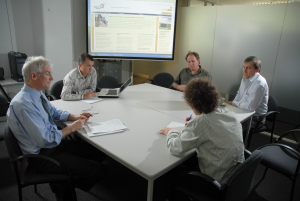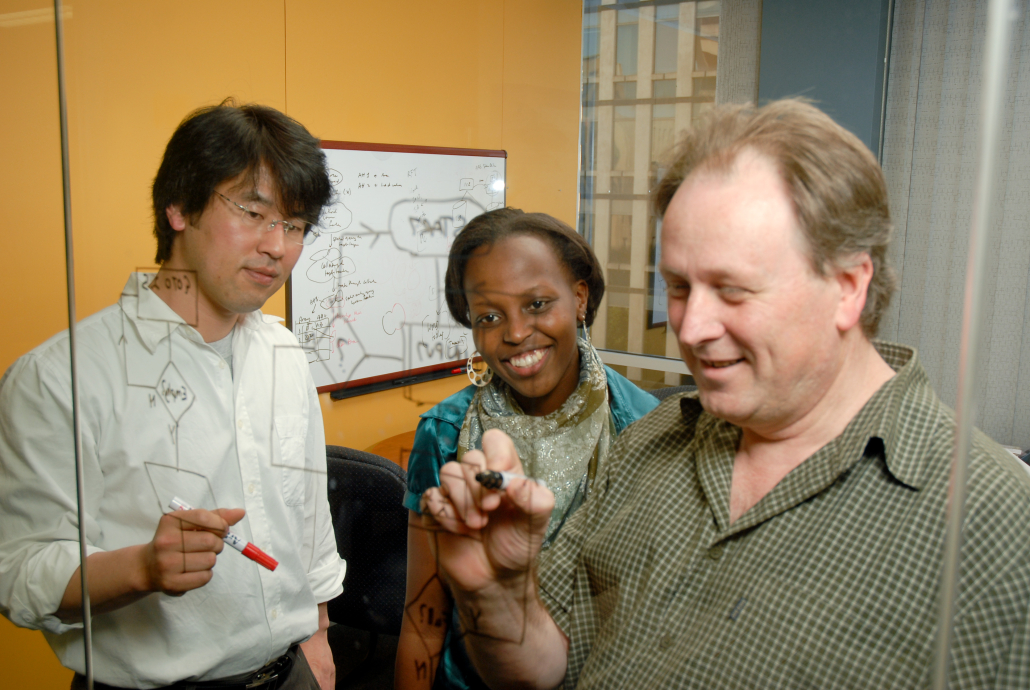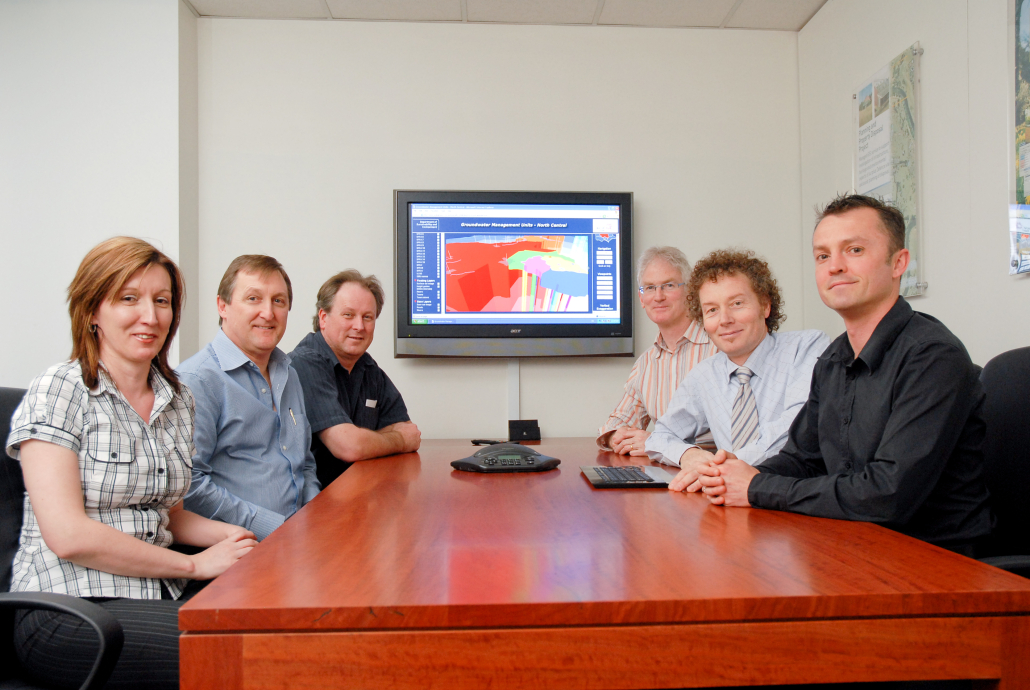How three visionaries built Spatial Vision: A journey in geospatial innovation
This is an insightful compilation of interviews with our founders Stephen Farrell, Ian Miller, and John Heskins, showcasing their unique journeys into geospatial technology and the founding of Spatial Vision. It highlights a blend of chance encounters, passion for meaningful work, and a collective drive to create something valuable.
The creation of Spatial Vision was a mix of chance, determination, and a shared belief in the power of spatial data. What began as individual career paths for Stephen, Ian, and John, converged into a venture that has impacted the way businesses and governments manage their natural resources and communities. Their journey provides valuable insights for those seeking to turn passion into a meaningful and successful business.
Finding their way into geospatial technology
For Stephen, the interest in spatial technology was ignited in the late 1980s while working in forest management. Introduced to the concept by a colleague, he was exposed to the potential for spatial data in managing large geographies and analysing sustainable yields for timber, water, and habitat.
“I was very familiar with what spatial was about – using maps, light tables, overlays, and dot grids to calculate areas,” Stephen recalls. “I quickly saw how spatial technology made all that easy and more efficient – and with coding another world opened, and I’ve never looked back.”
For Ian, the entry into geospatial technology was far more accidental. Initially a secondary school teacher specialising in math and science, he pivoted toward computing through a graduate diploma. A job listing for a GIS role in the Victorian public service caught his eye, and although he hadn’t heard of GIS before, he applied.
“It was luck more than anything else,” Ian reflects. “I found myself building the software system for digitising all the crown land in Victoria. That was my first experience with GIS.”
John, on the other hand, didn’t initially set out to work with spatial data. His background was in app development, but during his early projects, he saw the immense value that spatial technology brought to traditional business systems.
“It’s a natural way to view assets,” John explains. “I appreciated spatial technology for how it made businesses more effective, especially when dealing with things like land management and environmental monitoring.”
The birth of Spatial Vision
The idea for Spatial Vision emerged during a period of government restructuring under Premier Jeff Kennett in the 1990s. Public service downsizing and privatisation efforts provided an opening for Stephen, Ian, and John to consider commercialising their work in spatial technology.
“The corporatisation of our group in government didn’t go ahead, so when Stephen asked if I wanted to be part of a new business, I said yes!” recalls John. “We’d meet almost every Sunday for a year, making plans to build Spatial Vision.”
With the support of RMIT University, where a former colleague, Peter Woodgate, had taken a senior role focused on industry collaboration, they launched Spatial Vision. The early days were a combination of excitement and uncertainty.
“We had no business experience,” admits John. “We were figuring out how to order stationery and find office furniture, but it was a fun, learning-filled time.”
Overcoming early challenges
One of the biggest challenges the founders faced was the lack of business acumen. However, they were fortunate to have strong support from their early partners, including RMIT and George Little, an accountant who provided valuable guidance on financial management.
“We didn’t have business understanding, so we had to learn quickly,” Ian explains. “But we were given good advice, and we made sure to resign from our previous roles diplomatically, taking over existing projects, which helped give us a solid start.”
For Stephen, the freedom and control that came with starting their own business were both exhilarating and daunting. They weren’t turning a profit in the early days, but they were starting to build a reputation and brand in the market.
“It was a steep learning curve, but we knew we were on to something,” Stephen says. “Leaving on good terms with our previous employer helped. We felt more focused and freer once we were in control.”
A growing team and a clear vision
Building the initial team was crucial to Spatial Vision’s early success. The founders sought out colleagues they had worked with in the past – people they knew could be “go-getters” who would thrive in a startup environment.
“We looked for self-starters, flexible people who could turn their hand to anything,” says Ian. “We were lucky to know many of the right people from our previous work, which helped us fill capability gaps.”
John highlights the role of one of their first hires, Jeremy, who became a utility player within the company, taking on various tasks from technical work to finance and administration. His versatility helped drive the company forward.
Building a business on shared values
As the company grew, the original goals of doing meaningful, impactful work remained at the core of Spatial Vision. For John, the focus was always on helping clients solve problems and building honest, transparent relationships.
“It’s not just about delivering a project,” John says. “It’s about helping our customers solve a problem and being open with them every step of the way.”
Stephen emphasises the importance of culture and trust. “The culture of the company has always been fundamental—a safe and enjoyable workplace, offering meaningful work and providing real value to clients,” he explains.
For Ian, the driving motivation was always to do work that makes the world a better place. “We all loved the technical challenges, but we also wanted to feel that our work had a positive impact on natural resources, health, and communities,” he says.
Advice for aspiring entrepreneurs
Looking back on their journey, the founders offer several key pieces of advice for those considering starting their own company. For Stephen, it’s about trust and communication.
“Trust your partners and be across the details,” he says. “Trust your instincts and listen to your clients.”
John encourages entrepreneurs to take advantage of opportunities as they arise. “Recognise opportunities and take them. Whether it’s a new learning experience or a path you hadn’t considered before,” he advises.
Finally, Ian emphasises the importance of balancing work and family life. “Don’t sacrifice your family for business success,” he says. “It’s completely ironic to focus on making the world better if it comes at the expense of your family.”





